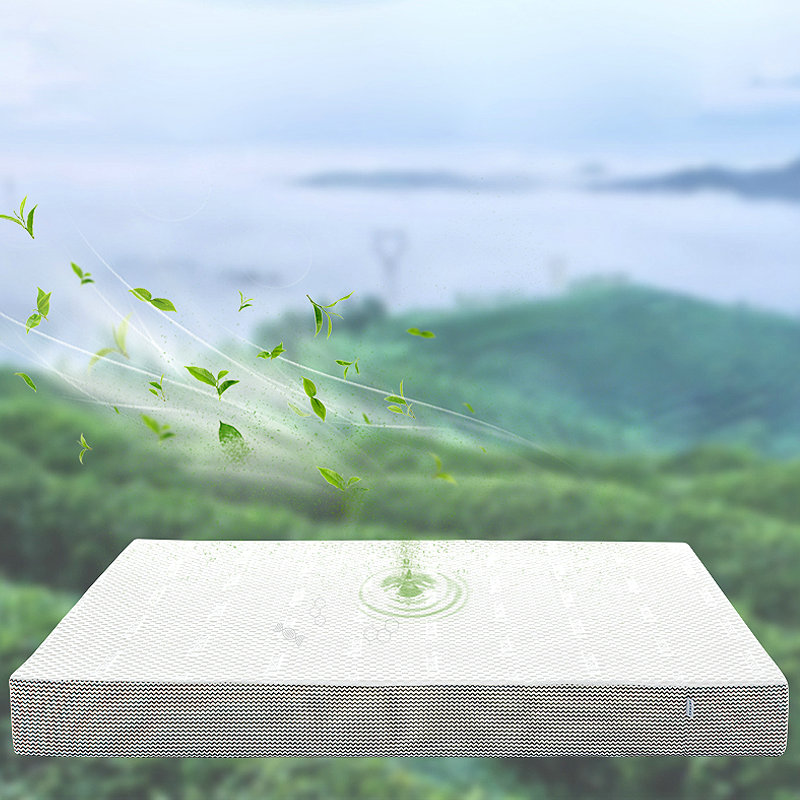Advanced manufacturing techniques are significantly enhancing the properties of memory foam mattresses in several ways. These techniques improve comfort, durability, performance, and sustainability. Here are some key advanced manufacturing techniques and their impacts:
3D Printing and Additive Manufacturing
Customization: 3D printing allows for precise control over the foam structure, enabling the creation of customized mattress components tailored to individual ergonomic needs.
Complex Designs: Additive manufacturing can produce intricate designs that enhance airflow, cooling, and pressure distribution.
Material Efficiency: This method reduces material waste, making the production process more sustainable.
Variable Pressure Foaming (VPF)
Consistent Quality: VPF technology provides better control over the foam's cell structure, leading to more consistent quality and performance.
Environmental Benefits: VPF uses fewer chemicals and generates fewer emissions compared to traditional foaming methods.
Enhanced Durability: This technique improves the durability of the foam by creating a more uniform cell structure.
Injection Molding
Precision and Consistency: Injection molding allows for high precision in the production of foam components, ensuring consistency in density and firmness.
Complex Geometries: It enables the creation of complex foam geometries that can enhance support and comfort.
Material Innovation: This technique facilitates the incorporation of advanced materials, such as gel infusions and phase change materials (PCMs).
Lamination and Multi-Layer Construction
Layer Integration: Advanced lamination techniques allow for the integration of multiple layers of different materials (e.g., memory foam, latex, gel-infused foam) to optimize comfort and support.
Hybrid Designs: Multi-layer construction enables the production of hybrid mattresses that combine the benefits of various materials.
Enhanced Performance: These methods improve the overall performance by targeting specific areas of the mattress for different properties, such as increased support or enhanced cooling.
Advanced Cooling Technologies
Gel Infusion: Integrating gel beads or swirls within the foam during the manufacturing process improves heat dissipation and enhances cooling.
Phase Change Materials (PCMs): Incorporating PCMs helps regulate temperature by absorbing and releasing heat, maintaining a comfortable sleep environment.
Open-Cell Foam Structure: Creating an open-cell foam structure improves airflow and breathability, reducing heat retention.
Robotic and Automated Production
Precision Cutting and Shaping: Robotics ensures precise cutting and shaping of foam components, enhancing the accuracy and consistency of the final product.
Increased Efficiency: Automation increases production efficiency, reduces labor costs, and minimizes human error.
Quality Control: Automated systems provide better quality control and monitoring, ensuring that each mattress meets high standards.

Sustainable Manufacturing Practices
Recycling and Reuse: Advanced techniques enable the recycling and reuse of foam scraps and waste materials, promoting sustainability.
Eco-Friendly Materials: Incorporating biodegradable and renewable materials into the manufacturing process reduces the environmental impact.
Reduced Emissions: Modern manufacturing processes aim to reduce VOC emissions and chemical usage, making the production of memory foam mattresses more environmentally friendly.
Chemical Engineering Innovations
Non-Toxic Chemicals: The development and use of non-toxic chemicals and adhesives improve the safety and environmental impact of memory foam mattresses.
Enhanced Foaming Agents: New foaming agents create better foam consistency and reduce harmful emissions during production.
Antimicrobial Treatments: Integrating antimicrobial agents during the manufacturing process enhances the mattress's ability to resist microbial growth, promoting a healthier sleeping environment.
High-Performance Coatings
Durability: Applying high-performance coatings during manufacturing enhances the durability and longevity of the mattress.
Stain and Odor Resistance: Specialized coatings can make the foam more resistant to stains and odors, improving hygiene and maintenance.
Data-Driven Manufacturing
Real-Time Monitoring: Using sensors and data analytics to monitor the manufacturing process in real-time ensures optimal conditions and consistent product quality.
Customization and Adaptation: Data-driven techniques allow for rapid adjustments to manufacturing parameters based on feedback and performance metrics.
Advanced manufacturing techniques are revolutionizing the production of memory foam mattresses by enhancing their quality, performance, and sustainability. These innovations lead to more comfortable, durable, and environmentally friendly mattresses, catering to a wide range of consumer needs and preferences.











